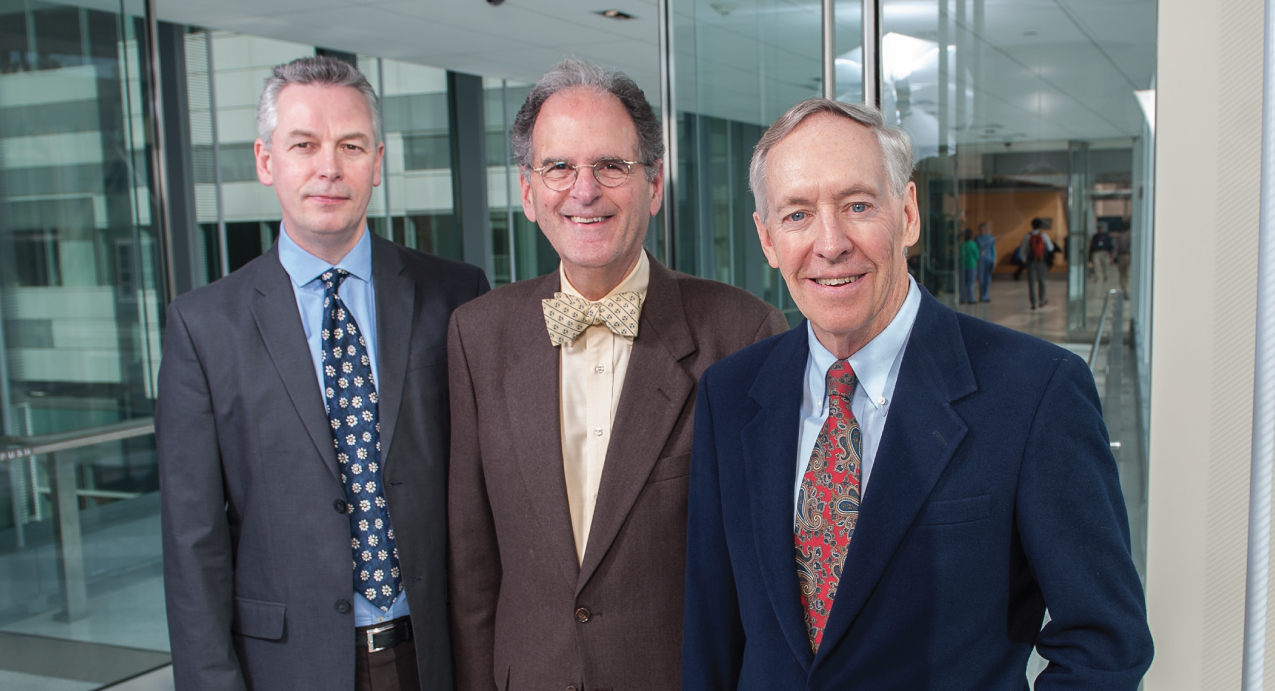
BWH Receives $8 Million to Create NeuroTechnology Studio
For decades, neurologists have known that patients with Parkinson’s disease start showing symptoms when 60 to 80 percent of the brain’s dopamine-producing cells have died or been damaged. It remains a mystery why these individual cells die.
However, in recent years, technological advances in microscopy, sequencing, cell biology, informatics, and other areas have given rise to tools sophisticated and powerful enough to expose fundamental cellular changes that lead to Parkinson’s disease and many other neurologic diseases.
To leverage these advances, Dennis J. Selkoe, MD, co-director of the Ann Romney Center for Neurologic Diseases at Brigham and Women’s Hospital, and Adrian J. Ivinson, PhD, executive director of the BWH Institute for the Neurosciences, have sought philanthropic partners who share their vision of giving biomedical researchers better access to these instruments. Recently, the team received $8 million in contributions to establish a state-of-the-art NeuroTechnology Studio equipped with a variety of high-powered instruments.
“This support comes at a crucial time because it ensures the BWH research community has access to the best and most appropriate technology—which is constantly evolving,” says Selkoe.
“Equally exciting is the prospect of having a dedicated, expert technology team within the studio to optimize the instruments and help interpret findings,” adds Ivinson. “When investigators collaborate with technologists, they are able to use the tools to their full potential and seek answers to even more complex research questions.”
For example, not long ago, biomedical researchers studied the gene expression of a disease by examining pooled samples of thousands of cells—averaging data from the whole cell population but achieving little insight into the behavior of individual cells.
“Today’s technology allows us to look at the gene expression of each cell in that thousand-cell collection, and with increasing precision,” explains Ivinson. “The path to breakthroughs is a slow slog, a marathon. The power of this technology speeds the marathon up.”
Selkoe says, “This new technological platform serves as a bedrock for new knowledge about disease mechanism and treatment. Piece by piece, we can build a better picture of what is happening in our patients’ nervous systems and how that can be distinguished from people who don’t suffer from neurologic diseases.”